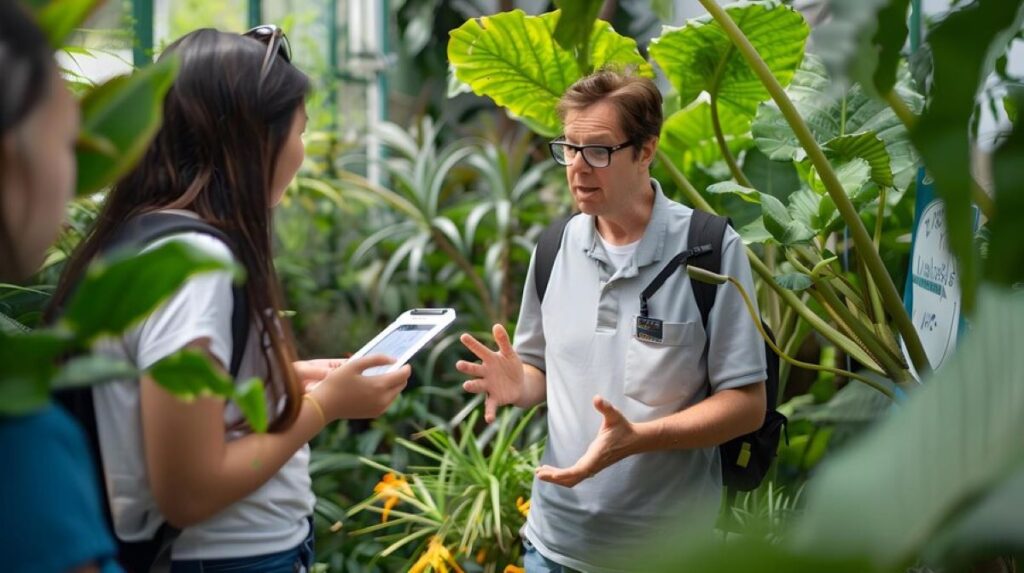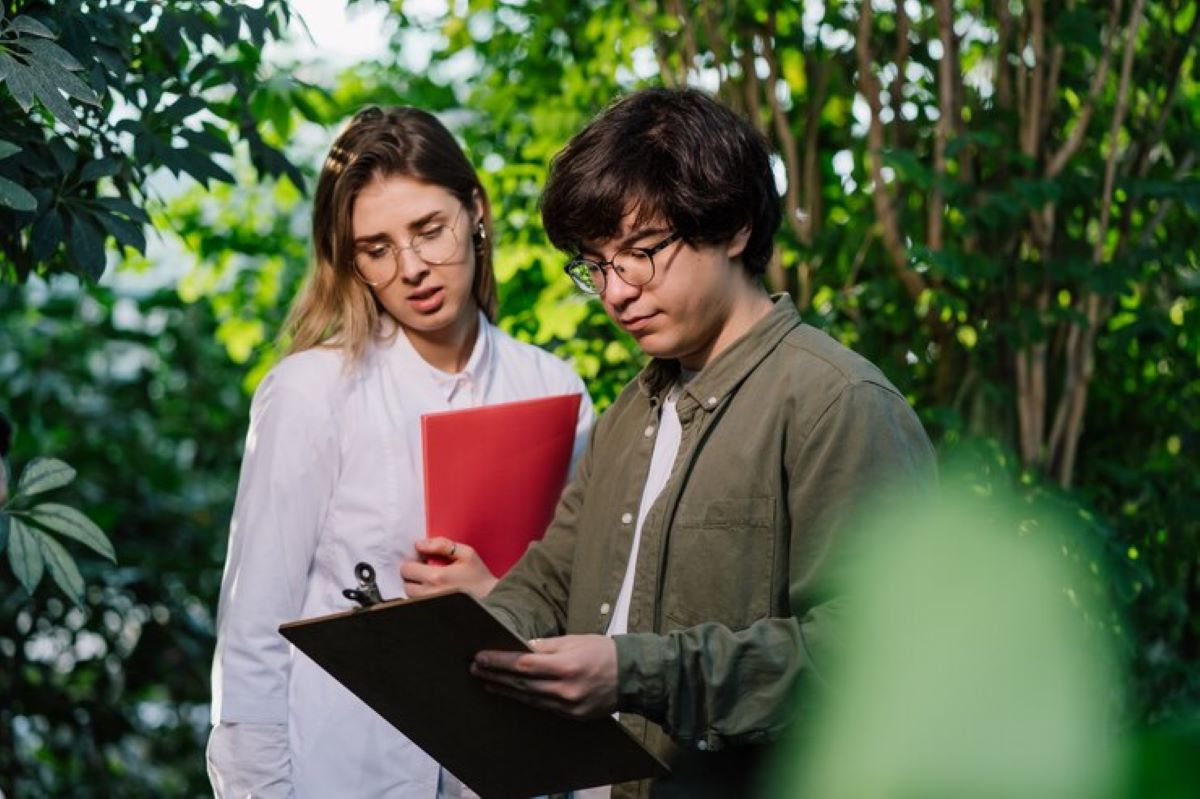What is a Tree Health Inspection and Why is it Important in Lane Cove?
A tree health inspection Lane Cove involves a professional arborist assessing a tree’s structural integrity, disease presence, and overall vitality to determine safety risks. These evaluations identify potential hazards before they threaten people or property.
Lane Cove Council enforces strict regulations requiring permits for work on significant trees—those exceeding 4 mTrees exceeding three metres in height or with trunk circumference greater than 150mm at one metre above ground often require council oversight. The importance of regular inspections becomes clear when considering these legal obligations and the risks of non-compliance. Engaging professional tree services Lane Cove experts ensures these requirements are met safely and responsibly.
Inspections prevent accidents by detecting:
- Structural weaknesses in trunks or root systems
- Disease progression that compromises stability
- Dead branches at risk of falling
- Root damage affecting tree anchoring
Professional assessments serve dual purposes — ensuring compliance with council permit requirements whilst protecting your property investment. An arborist’s report provides documented evidence of a tree’s condition, essential when applying for removal or pruning permits.
Community safety depends on proactive tree management. Regular inspections catch problems early, reducing emergency removal costs and preventing damage to homes, vehicles, or public infrastructure. Knowing when to schedule a tree health inspection in Lane Cove is crucial, especially when trees show visible decline or are positioned near high-traffic areas where falling debris could pose a risk.
When Should You Schedule a Tree Health Inspection?
Schedule a tree inspection immediately when you notice signs for tree inspection such as visible disease symptoms, structural damage, or decay in the trunk or branches. These warning signals indicate potential safety risks that require professional assessment before the condition worsens.
Key triggers that warrant an inspection include:
- Discoloured, wilting, or prematurely falling leaves outside seasonal patterns
- Visible cracks, splits, or cavities in the trunk or major limbs
- Fungal growth, mushrooms, or bracket fungi appearing on or around the tree
- Leaning trees or exposed root systems following storms or soil erosion
- Dead or hanging branches that could fall without warning
- Pest infestations such as borers or termites affecting the wood
Tree condition concerns become critical before any planned pruning or removal work. Lane Cove Council requires permits for significant trees, and a professional inspection provides the necessary documentation to support your application. The assessment determines whether the work is justified and complies with local regulations.
Trees located within falling distance of homes, power lines, driveways, or public footpaths demand immediate attention. A single failing branch near high-traffic areas poses serious liability risks. Properties adjacent to schools, parks, or busy streets require regular monitoring to protect both residents and the wider community from potential tree-related incidents.
What Are the Legal Requirements for Tree Inspections and Permits in Lane Cove?
Lane Cove Council mandates permits for work on significant trees, which protects the area’s urban canopy and ensures responsible tree management. Understanding these requirements helps property owners avoid penalties and maintain compliance.
Significant Trees Definition
The council defines significant trees using two specific criteria:
- Trees exceeding 4 metres in height
- Trees with a trunk circumference greater than 150mm when measured at 1 metre above ground level
Both native and exotic species fall under these regulations when they meet either measurement threshold. The Lane Cove tree permit system applies regardless of the tree’s location on private property.
Permit Requirements for Tree Work
Property owners must obtain council approval before:
- Pruning any significant tree
- Removing a significant tree
- Conducting work that affects the tree’s root zone
Certain exemptions exist for dead trees, hazardous trees posing immediate danger, or specific exempt species listed in council guidelines. Documentation proving the tree’s condition often requires a professional arborist’s report.
Applications typically need to include photographs, site plans, and justification for the proposed work. The council assesses each request based on the tree’s health, structural integrity, and contribution to the local environment. Processing times vary, so property owners should plan tree work well in advance of urgent needs.
See Also : Arborist Epping when to call for tree inspections and root protection advice
How Do Professional Arborists Conduct Tree Health Inspections in Lane Cove?
What does the tree assessment process involve? Professional arborist services begin with a comprehensive visual examination of the tree from ground level, checking the trunk, branches, canopy, and surrounding soil conditions. Arborists look for structural defects, signs of disease, pest infestations, and any indicators of instability.
The inspection typically follows these steps:
- Visual assessment of the tree’s overall structure and canopy density
- Trunk examination for cracks, cavities, fungal growth, or decay
- Root collar inspection to identify girdling roots or soil compaction issues
- Branch evaluation for dead wood, weak attachments, or overextension
- Site analysis considering proximity to structures, power lines, and public spaces
When to schedule a tree health inspection in Lane Cove becomes critical when arborists identify potential hazards. They document their findings with photographs and detailed notes, measuring trunk diameter and height to determine if the tree meets “significant tree” criteria.
Qualified arborists understand Lane Cove Council’s specific regulations and ensure all assessments align with local requirements. They verify whether proposed work requires permits and advise property owners on the necessary council applications. The arborist’s report includes risk ratings, health status classifications, and specific recommendations tailored to both the tree’s condition and council compliance standards. This documentation becomes essential for permit applications and provides property owners with a clear action plan.
For a more thorough understanding of urban tree risk management, property owners can refer to additional resources that elaborate on the systematic approach used by professionals in assessing tree health and safety. Furthermore, insights into tree stewardship can provide valuable knowledge on maintaining tree health post-inspection.
What Are the Signs That Indicate Immediate Need for a Tree Health Inspection?
Signs of Hazardous Trees
Hazardous trees signs become apparent through visible structural defects and declining health indicators. Dead or hanging branches pose an immediate risk, particularly those overhanging pathways, driveways, or buildings. Cracks in the trunk or major limbs signal internal weakness that could lead to sudden failure.
Symptoms of Tree Disease
Tree disease symptoms manifest in several distinct ways that demand prompt attention:
- Fungal growth: appearing as mushrooms, brackets, or conks on the trunk or roots indicates internal decay
- Cankers: or sunken areas on bark suggesting infection
- Excessive deadwood: throughout the canopy beyond normal seasonal loss
- Unusual leaf discolouration: or premature leaf drop during growing season
- Exposed or damaged root systems: from construction or soil erosion
Warning Signs in Trunk and Root Zone
The trunk and root zone reveal critical warning signs. Deep vertical cracks, splits, or cavities compromise structural integrity. Leaning trees that have recently shifted position or show soil heaving around the base require urgent assessment.
Increased Responsibility in Certain Areas
Properties near schools, playgrounds, or busy footpaths carry heightened responsibility. When hazardous trees signs appear in these locations, scheduling an inspection within 24-48 hours protects public safety. Trees showing multiple symptoms simultaneously, such as fungal growth combined with structural cracks, represent compound risks requiring immediate professional evaluation to determine appropriate action.

How Can Residents Book Free Tree Health Inspections in Lane Cove?
Lane Cove residents can access free tree inspection Lane Cove services through both council-sponsored programmes and qualified local arborists who offer complimentary assessments. Many professional tree care companies in the area provide no-obligation inspections to evaluate tree health and safety concerns on private properties.
The booking process typically involves these straightforward steps:
- Contact the service provider directly via phone or online enquiry form
- Provide property details including the address and specific concerns about the tree
- Describe visible symptoms such as decay, leaning, or structural damage
- Schedule a convenient time for the arborist to visit your property
- Receive confirmation of your appointment date and time
Most inspection appointments can be arranged within several business days, though urgent safety concerns may warrant faster response times. During the initial contact, residents should mention if the tree is located near buildings, power lines, or public footpaths, as these factors affect assessment priority.
Some arborists offer online booking systems where property owners can upload photographs of concerning trees before the visit. This preliminary information helps inspectors prepare appropriate equipment and allocate sufficient time for thorough evaluation.
Residents should verify that their chosen service provider holds proper qualifications and insurance coverage for tree assessment work in Lane Cove. For those considering more extensive interventions, such as removal, it’s important to understand what happens during a tree removal assessment.
What Should You Expect After a Tree Health Inspection?
What information will the inspection report contain?
Your arborist will provide a detailed assessment outlining the tree’s current health status, structural integrity, and any identified risks to property or people. The inspection report outcomes typically include a risk rating (low, moderate, or high) based on the tree’s condition and location.
What actions might be recommended?
Recommended actions after inspection vary depending on the findings:
- Pruning – removing dead or diseased branches to improve structure and reduce hazards
- Treatment – applying targeted solutions for pest infestations or fungal diseases
- Monitoring – scheduling follow-up inspections for trees showing early warning signs
- Removal – complete extraction if the tree poses significant danger or is beyond recovery
The report will specify whether council permits are required for any recommended work. When to Schedule a Tree Health Inspection in Lane Cove becomes clearer once you understand these outcomes, as they guide your next steps in maintaining safe, healthy trees on your property.
FAQs About Tree Health Inspections in Lane Cove
A tree health inspection involves a professional arborist assessing a tree’s structural integrity, disease presence, and overall vitality to identify potential hazards before they threaten people or property.
2. When Should I Schedule a Tree Health Inspection?
Schedule an inspection if you notice visible signs of disease, structural damage, leaning trees, exposed roots, dead branches, or pest infestations. Trees near homes, power lines, or public spaces require urgent attention.
3. What Are Lane Cove Council’s Legal Requirements for Tree Inspections?
Lane Cove Council requires permits for work on significant trees—those over 4 meters in height or with a trunk circumference greater than 150mm at 1 meter above ground. Professional arborist reports are often needed for approval.
4. How Do Arborists Conduct Tree Health Inspections?
Arborists perform visual assessments of the trunk, branches, canopy, and roots, checking for structural defects, disease, pest infestations, and site-specific risks. They document findings with measurements, photos, and risk ratings.
5. What Are the Signs That a Tree Needs Immediate Attention?
Warning signs include dead or hanging branches, trunk cracks or splits, fungal growth, sunken bark cankers, exposed roots, leaning trees, and premature leaf drop. Multiple symptoms indicate urgent inspection is necessary.
6. How Do Tree Health Inspections Support Council Permit Applications?
A professional arborist report provides documented evidence of a tree’s condition, health, and risks, which is required for pruning, removal, or root work permits issued by Lane Cove Council.
7. Can Residents Book Free Tree Health Inspections in Lane Cove?
Yes. Council programs and local arborists may offer complimentary, no-obligation inspections. Residents can schedule an appointment by phone or online and provide tree details and visible symptoms.
8. What Happens After a Tree Health Inspection?
The arborist provides a report including health status, risk rating, and recommended actions such as pruning, treatment, monitoring, or removal. The report specifies whether council permits are required.
9. Why Are Regular Tree Health Inspections Important for Community Safety?
Regular inspections detect hidden hazards early, reduce emergency removal costs, prevent property damage, and ensure compliance with council regulations, safeguarding both residents and public infrastructure.

